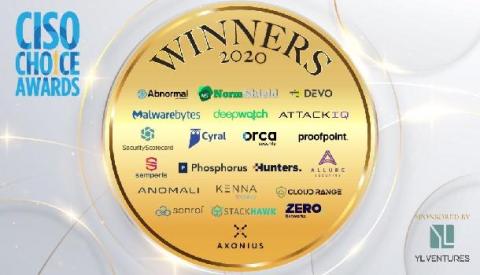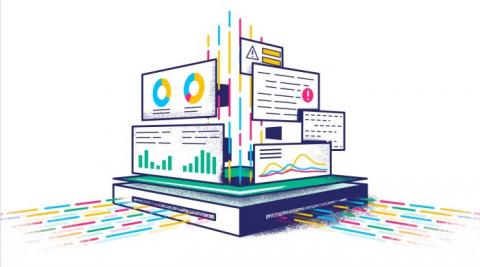How SIEM tools are going to be the future of threat detection
Security Information and Event Management (SIEM) in the cybersecurity domain started out as a compliance tool but has now evolved into an advanced threat detection platform for organisations. During the development journey of SIEM tools, there was a brief period when it was considered that SIEM is ‘dead’ but it was not because of the absence of the need for it but because SIEM's fundamental capabilities needed an upgrade.











